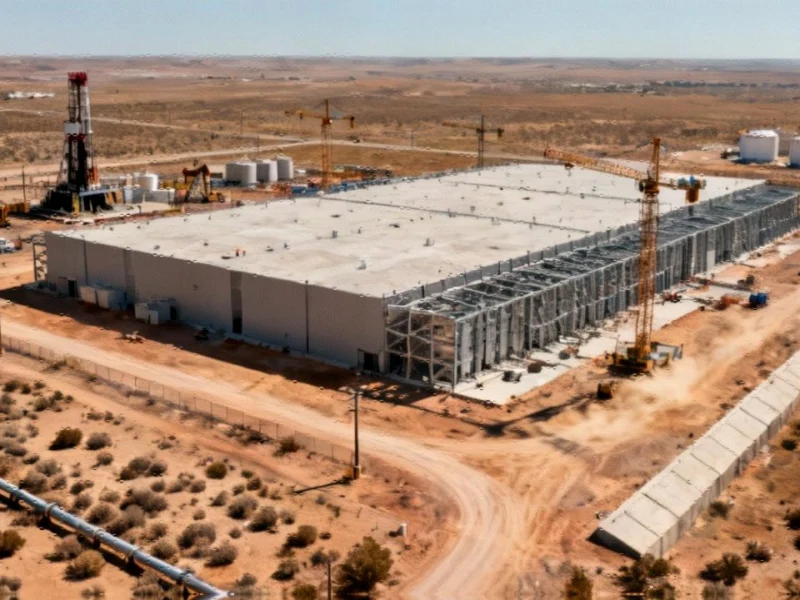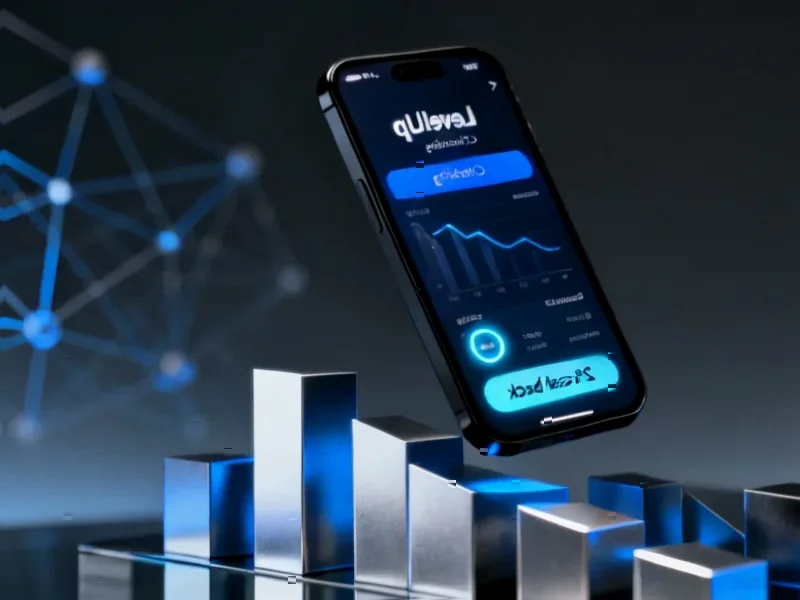According to Utility Dive, Puerto Rico has transformed its energy crisis into a pioneering virtual power plant success story following Hurricane Maria’s devastation in 2017. The island’s 2019 Act 17 restructuring paved the way for LUMA Energy to launch the Customer Battery Energy Sharing (CBES) program in 2023, which has grown into the nation’s largest behind-the-meter virtual power plant with over 81,000 customers enrolled. The program achieves remarkable 82% participation rates during demand response events, recently deploying approximately 70,000 home batteries to deliver 48MW of electricity to cover a critical 50MW power supply gap. Participants can earn up to $600 per battery through performance-based incentives, while Resource Innovations provides strategic program management and real-time dashboards for optimization. This innovative approach demonstrates how distributed energy resources can fundamentally reshape grid reliability.
The Distributed Grid Revolution
What Puerto Rico has accomplished represents more than just emergency response—it’s a fundamental rethinking of grid architecture that challenges century-old utility models. Traditional grids were designed around centralized generation with one-way power flow, making them inherently vulnerable to single points of failure. The CBES program demonstrates that resilience can be built from the ground up through coordinated distributed resources. This approach effectively turns grid vulnerability into distributed strength, where each participating home becomes both a consumer and potential supplier during critical moments. The psychological shift is equally important: customers transition from passive ratepayers to active grid participants with financial incentives and control over their energy usage.
The Scalability Question
While the 82% participation rate is impressive, scaling this model presents complex challenges that other utilities must carefully consider. Puerto Rico’s unique circumstances—including high electricity costs, frequent outages, and generous federal funding—created perfect conditions for rapid battery adoption. Other regions may struggle to replicate this level of engagement without similar drivers. The technical infrastructure required for real-time coordination of thousands of distributed assets represents another significant hurdle. As research indicates, Puerto Rico’s rooftop solar penetration reaching 10% of consumption creates both opportunity and complexity for grid management. Utilities considering similar programs must invest in advanced distribution management systems and develop sophisticated forecasting models to effectively integrate these variable resources.
Regulatory Frameworks as Enablers
The success of Puerto Rico’s virtual power plant didn’t happen by accident—it required deliberate regulatory modernization that other jurisdictions should study closely. Act 17’s separation of generation from transmission and distribution created the structural conditions necessary for innovation. This regulatory clarity allowed LUMA to experiment with new business models and compensation structures that traditional vertically-integrated utilities might struggle to implement. The program’s design, which accommodates both battery owners and those accessing batteries through third-party arrangements, demonstrates how thoughtful regulation can expand access beyond wealthy early adopters. This inclusive approach will be critical for ensuring the energy transition doesn’t create new equity divides.
Where This Model Is Headed
Looking forward, virtual power plants will likely evolve from emergency resources to everyday grid assets. The next phase will involve optimizing these distributed networks for daily grid services like voltage support, frequency regulation, and congestion management. As LUMA’s operational data continues to demonstrate the reliability of these assets, we can expect increased confidence in dispatching them for routine grid support rather than just emergency events. The integration of artificial intelligence and machine learning will enable more sophisticated forecasting and automated dispatch, potentially allowing virtual power plants to participate in wholesale markets. This evolution will transform home batteries from backup power sources into revenue-generating assets that provide continuous value to both owners and the grid.
Blueprint for Global Grid Modernization
Puerto Rico’s experience offers crucial lessons for utilities worldwide facing similar challenges of aging infrastructure, climate vulnerability, and renewable integration. The most significant insight may be that grid resilience doesn’t necessarily require massive centralized investments—it can be built through coordinated distributed resources with proper incentives and technology. As extreme weather events become more frequent, the ability to quickly mobilize distributed resources could mean the difference between localized outages and catastrophic grid failures. The success of CBES suggests that future grid investments should prioritize flexibility and distributed intelligence over traditional hardening approaches. This model could prove particularly valuable for island grids, remote communities, and regions with limited transmission capacity where centralized solutions are impractical or prohibitively expensive.
The virtual power plant revolution is just beginning, and Puerto Rico has provided both the proof point and the playbook.




